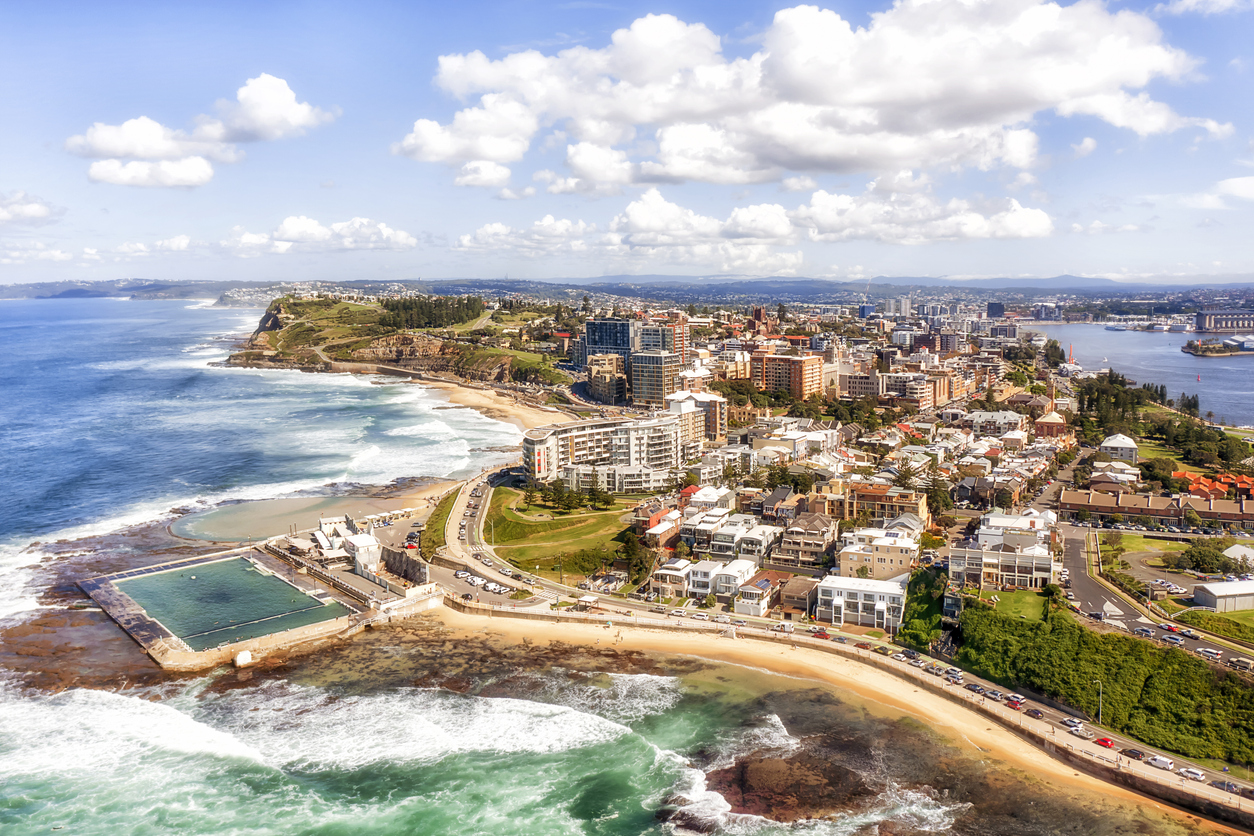Did your mother ever tell you to put something aside for a rainy day?
While the value of many home grown wisdoms may be questionable – I’m not sure knocking on wood will do anything other than bruise your knuckles – there is no doubt setting up a “rainy day” fund is a wise move.
It doesn’t matter how meticulously you budget, how carefully you calculate your known expenses and ensure these are covered by your income – there’s just no way of knowing when your financial forecast could take a turn for the worse.
What would you do if your car broke down and needed extensive repairs? If you had to replace a major household appliance? If you fell ill and had to cover a mounting pile of healthcare costs? If you unexpectedly lost your job?
There’s another old saying – when it rains, it pours – and unfortunately for those living week to week, what may begin as a light shower of financial misfortune can quite quickly turn into a torrential downpour of debt if you don’t have the cash to cover your costs.
New figures from the Commonwealth Bank have revealed that more than one third of Australians are spending more than they earn each month, while around 56 per cent would not have enough savings to survive if they lost their job.
Even scarier is the bank’s finding that one in three people would struggle to find even $500 in an emergency.
It is quite easy to turn to credit cards when the going gets tough, promising yourself it’s only a short-term measure and you’ll pay it off as soon as you possibly can.
But with many cards these days charging interest rates of around 20 per cent, that short-term fix could grow into a much bigger financial problem in the long run.
This is of course where Mum’s sage advice comes in.
If you have an emergency fund to fall back on, unexpected costs will be little more than a storm in a teacup; a disagreeable, but not unexpected part of the process of controlling your cash flow.
Ideally, this would contain enough savings to at least cover your home loan repayments or the cost of your rent for several months.
Of course these emergency funds won’t save themselves – you have to make them a permanent addition to your budget.
The most effective savings plan is dedicated and deliberate.
Every time you get paid, put aside a set amount, let’s say 15 per cent of your wage, to be directed into savings. You may want to split this into two separate amounts, allocating half for your “rainy day” funds and the rest towards a long-term savings goal.
Make sure these savings aren’t just sitting in your everyday account – it is too easy to “accidently” spend some of this cushion of cash with the promise of setting aside twice as much from your next pay cheque.
Instead, set up a separate bank account (or two) dedicated wholly and solely to saving.
There are a myriad of different savings accounts available these days, including those offering a higher rate of interest if you make regular payments without withdrawing any funds each month. Given your savings are directed towards longer term, or unexpected, outcomes, it makes sense to find one an account that rewards you for your dedication to deliberate saving.
If you have a long-term goal in mind (like saving for retirement, or building wealth) you should consider investing in growth assets such as property and shares.
Once these are in action you could set up automatic payments from your everyday account into each of these savings accounts, scheduling them to be transferred the day after you get paid.
The amounts you are saving each time may not seem like much, but they will set you on the road to financial freedom in the longer term.
It’s good to set a couple of short term goals for your savings as well.
Whether it is a weekend away, something for the house – or even just a specific savings target (say $2,000). It’s important to have some wins along the way.
That was the final instalment in my top five tips for keeping your cash flow under control. Just to recap quickly, they were:
- Know your numbers and create a budget.
- Seek out savings by revisiting contracts for your major expenses.
- Plan your weekly shopping to cut down incidental spending.
- Prioritise purchases into things you need, and things you want.
- Make saving a dedicated and deliberate decision.
They may seem pretty obvious on paper, but simple doesn’t necessarily mean easy. Financial freedom comes at a short-term cost – but the return on your “investment” will more than make up for the hard work it takes to make it happen.
Contact Leon to book your complimentary 15 minute phone or video chat.










